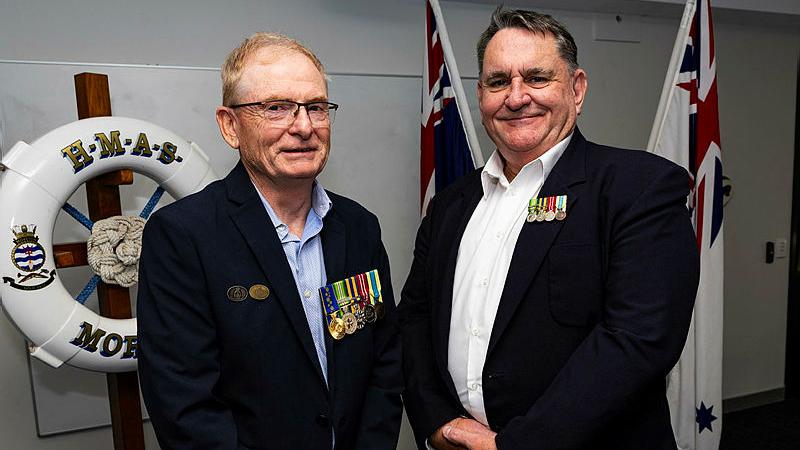“The latest AEMO Gas Statement of Opportunities report shows that while near-term gas supply risks are important but manageable, there is an ever-deepening shortfall from 2027 and no coherent strategy to fix it. Fixing that disconnect requires a mix of more supply, alternative supply, and demand reduction and without such action we could see blackouts, shuttered factories and household hardship,” Innes Willox, Chief Executive of national employer association Ai Group, said today.
“If bad weather leads to unusually high demand we may have a few days of short gas supply over the next couple of winters. That is a worry, and could be even worse if we have more breakdowns in old coal power plants that lead to higher demand from gas generators. But AEMO highlights several steps around smarter gas storage management, completion of pipeline projects now underway, and flexibility of gas consumption that can help a lot. Also central is the ability and willingness of Queensland gas exporters to divert supply south, backstopped by the Heads of Agreement and, in extremis, the Australian Domestic Gas Security Mechanism.
“The far bigger problem is that expected gas production is projected to tail off much faster than projected gas consumption declines. There are multiple options to close the gap, but there is not yet a clear, credible, market-wide strategy to do so. We need a game plan to fix this before our options slip away.
“The latest outlook shows a much bigger gap much sooner than last year’s AEMO report. Two major factors in that are choices by AEMO’s modellers: downgrading the under-construction Port Kembla LNG import terminal from ‘anticipated’ status, given insufficient committed demand; and reducing the assumed rate of electrification by households and commercial gas users. How is it that a gas shortage might occur while a supply option can’t find demand? How could electrification slow down amidst deepening commitments to emissions cuts? AEMO is doing its best under a cloud of uncertainty. What they highlight are the massive disconnects in energy and climate policy today.
“Any plan needs enough new supply, alternative supply and demand reduction to add up. If we achieve less on one we need to do more of another.
“AEMO says new gas supply, particularly in southern states, is critical in all the scenarios they could consider. The Narrabri gas development in NSW which is awaiting the go ahead from the developer, and, at a smaller scale, moving faster into commercial exploration of onshore conventional gas in Victoria, would make useful contributions to redressing the projected gas imbalance.
“Alternative supply options include LNG imports, biogas and hydrogen. All of these have different challenges. LNG imports are unattractive while the Ukraine shock reverberates, though they could offer important flexibility from the late 2020s. Biogas is a simple drop-in substitute for natural gas, though it can only scale so far. Hydrogen production hopes could refocus on domestic demand, albeit with significant medium-term costs that would have to be fairly distributed.
“Demand reduction through energy efficiency and electrification has large potential but also significant complexities. While the latest emissions commitments from NSW and Victoria imply much deeper reductions in gas use than AEMO assumes, existing policies from all levels of government are far from enough to achieve even the weaker demand reductions in AEMO’s projections.
“The Federal Government and the States urgently need to work with energy stakeholders and the market authorities on a gas strategy that adds up. That requires difficult discussions. It is equally implausible that we can get by without new gas supply this decade, and that we can have an affordable, secure and clean energy system for the future without a massive rollout of alternatives to natural gas starting now. Hard truths are preferable to hard winters,” Mr Willox said.






